One of the most storied franchises in the NHL has produced its fair share of homegrown talent. Legends like Bobby Clarke and Claude Giroux highlight the list. However, some of the players associated most closely with the Philadelphia Flyers aren’t homegrown.
The Broad Street Bullies captured the hearts of the city during the 1970s. Although the Fred Shero-led teams were the best in franchise history, they came so close to the 1967 NHL expansion wave that the Flyers didn’t have too many of their own draft picks.
Hockey Hall of Famer Bernie Parent doesn’t qualify. The Quebec Nordiques also drafted Eric Lindros in 1991 before the expected prodigy came to Philadelphia. Many of the key contributors that came through Philadelphia during the 1990s and 2000s were already accomplished NHL stars with other teams.
Ed Snider had the budget to bring plenty of high-priced free agents before the NHL entered the salary cap era. Philadelphia flexed the financial muscles to surround Lindros with talent and continue their run as a perennial playoff team and a Stanley Cup contender into the 21st century.
Homegrown Flyers Defensemen
Who would play on the blue line for the team of homegrown Flyers? Mark Howe? Eric Desjardins? Kimmo Timonen? Most of the best defensemen in franchise history didn’t come up through the organization.
The Flyers developed a habit of drawing from the free agent pool to stock the blue line. The trend continued into the 2010s before Ron Hextall changed the front office philosophy with high-profile prospects like Ivan Provorov and Shayne Gostisbehere.
The starting lineup includes three forwards, two defensemen, one goaltender, and one extra attacker in case of a late-game deficit. Who would you want on the blue line for the all-time roster of homegrown Flyers? How about the top line?
97.5 The Fanatic will put together lists of the best homegrown players for each of the four major professional sports teams in Philadelphia.
- The All-Time Roster of Homegrown Phillies Players
- The All-Time Roster of Homegrown Sixers Players
- The All-Time Roster of Homegrown Eagles Players (coming soon)





